Artificial Intelligence language models have been making waves in the industry for years.
Google BERT and ChatGPT are two giants in NLP(Natural Language Processing) among the industry’s most popular AI language models.
But what exactly are these models, and what makes them different?
Continue reading the article to learn more about the differences and similarities between ChatGPT and Google BERT.
Table of Contents Show
What is ChatGPT and How Does it Work?
ChatGPT(Generative Pretrained Transformer) is one of the powerful and versatile language models developed by OpenAI.
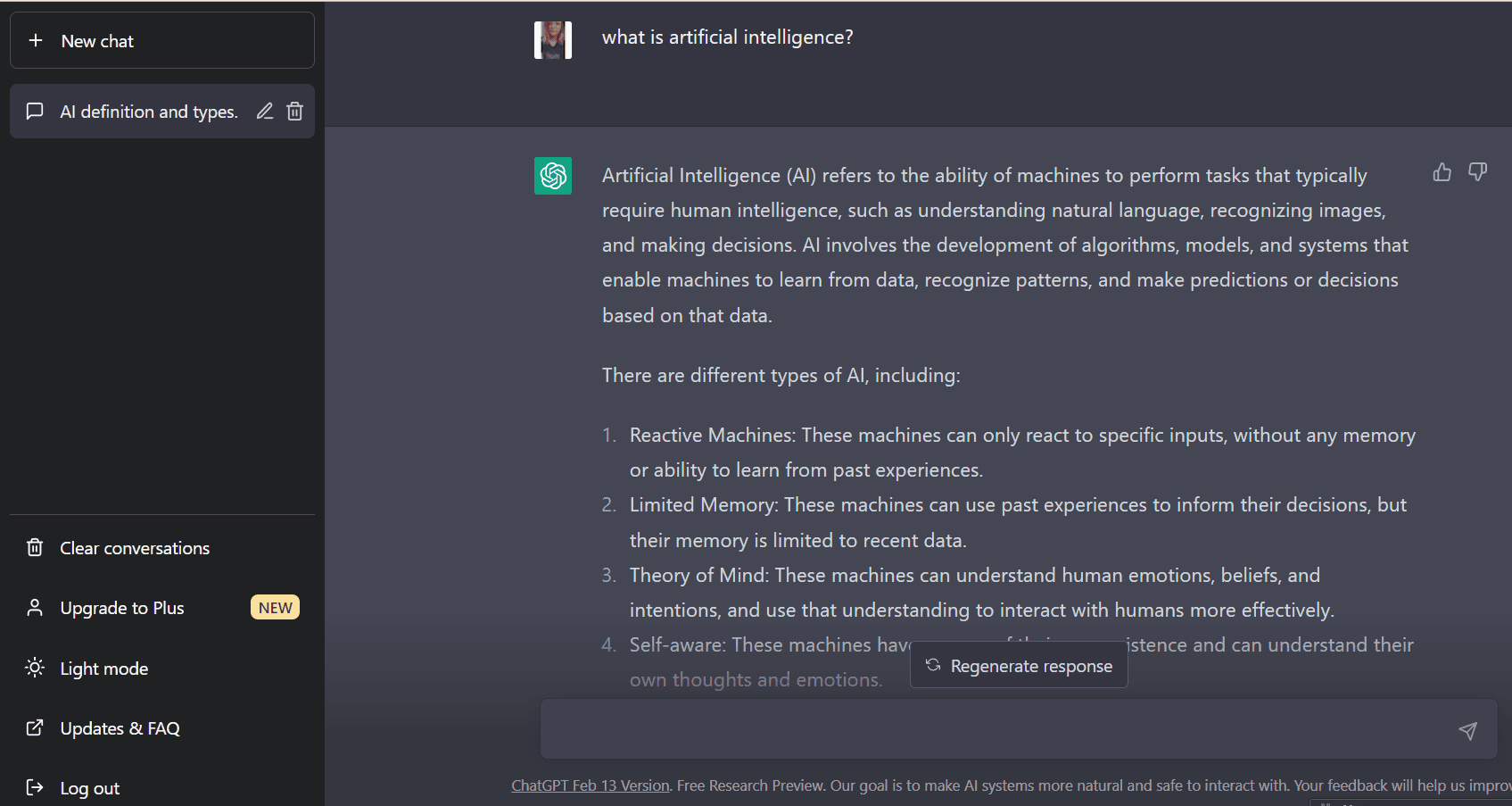
It can generate a human-like response to your queries. Likewise, you can ask countless questions, and it provides relevant answers.
Here are some advantages and disadvantages of ChatGPT;
| Advantages | Disadvantages |
|---|---|
| It can generate creative responses. | It has difficulty understanding sarcasm and humor context. |
| It can handle multiple conversation at a time. | It sometime provide inaccurate answers. |
| It learn from users input. | It may not be able to understand complex queries. |
| It can provide helpful suggestions. | It may have limited access to certain data. |
| It can be integrated into various platforms. | It may not be able to provide in depth knowledge. |
What is Google BERT and How Does it Work?
Google BERT (Bidirectional Encoder Representations from Transformers) is a pre-trained language model developed by Google in November 2018.
It is the first profoundly bidirectional and unsupervised language model pre-trained using plain text corpus.
Google’s BERT works in two separate mechanisms, an encoder that reads the text input and a decoder that produces the task’s prediction.
It understands words, content and phrase just like humans do.
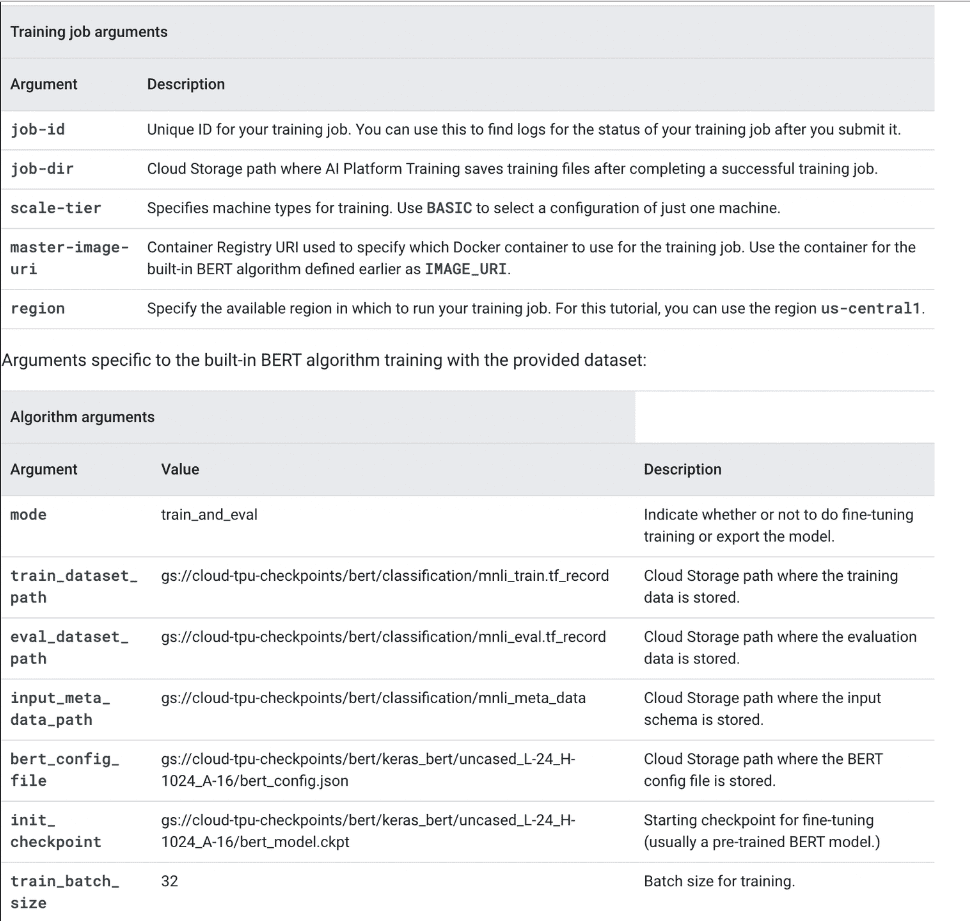
Google says the BERT model will have a 10% effect on searches and impact organic ranking and featured snippets.
In October 2019, Google announced some notable updates to BERT.
Likewise, BERT was initially released only in the US-English language; later, the model expanded to over 100 languages.
Here are some advantages and disadvantages of Google BERT;
| Advantages | Disadvantages |
|---|---|
| Metrics can be fine-tuned for specific tasks. | It has high computational cost. |
| It provide accurate results. | It may not be suitable for real-time application. |
| It is available and pre-trained in more than 100 languages. | It has limited understanding of sarcasm. |
| It can handle large datasets. | It may not perform equally well in all language. |
| It is pre-trained on vast amount of data. | It has limited flexibility in adjusting for specific task. |
ChatGPT Vs. Google BERT: Similarities
Despite having different architectures, models, and objectives, ChatGPT and Google BERT have several similarities.
They both apply the transformer architecture and are unsupervised learning models.
ChatGPT and BERT are language models that use transformer architecture to learn from massive amounts of data.
Both models are trained using unsupervised learning to identify patterns in the data sets.
This is done using techniques such as masked language modeling and next-sentence prediction, which allow the models to learn from the patterns and relationships in the data.
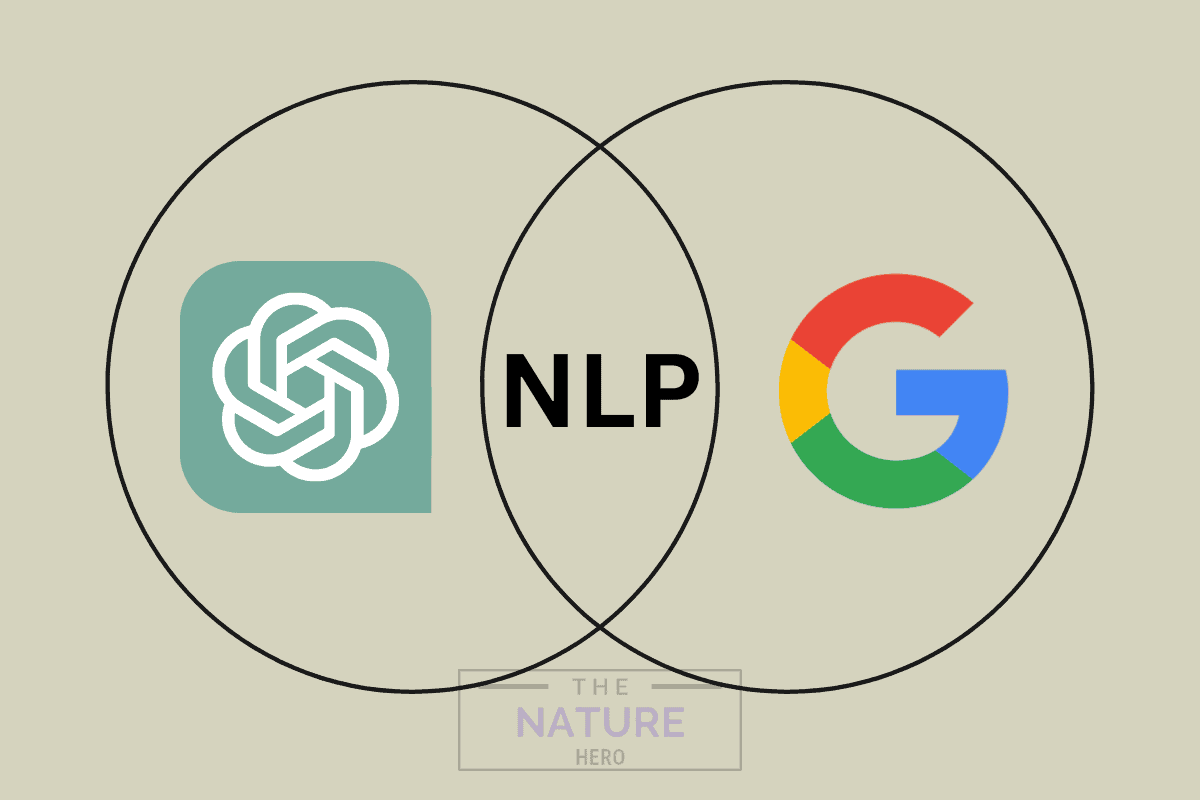
Both of them are pre-trained models which were trained on the massive amount of data. Additionally, they both have access to API.
ChatGPT Vs. BERT: Major Differences
ChatGPT and BERT are transformed-based AI language models widely used in NLP (Natural Language Processing) tasks.
Although BERT is available to the public, you can not use it just like ChatGPT.
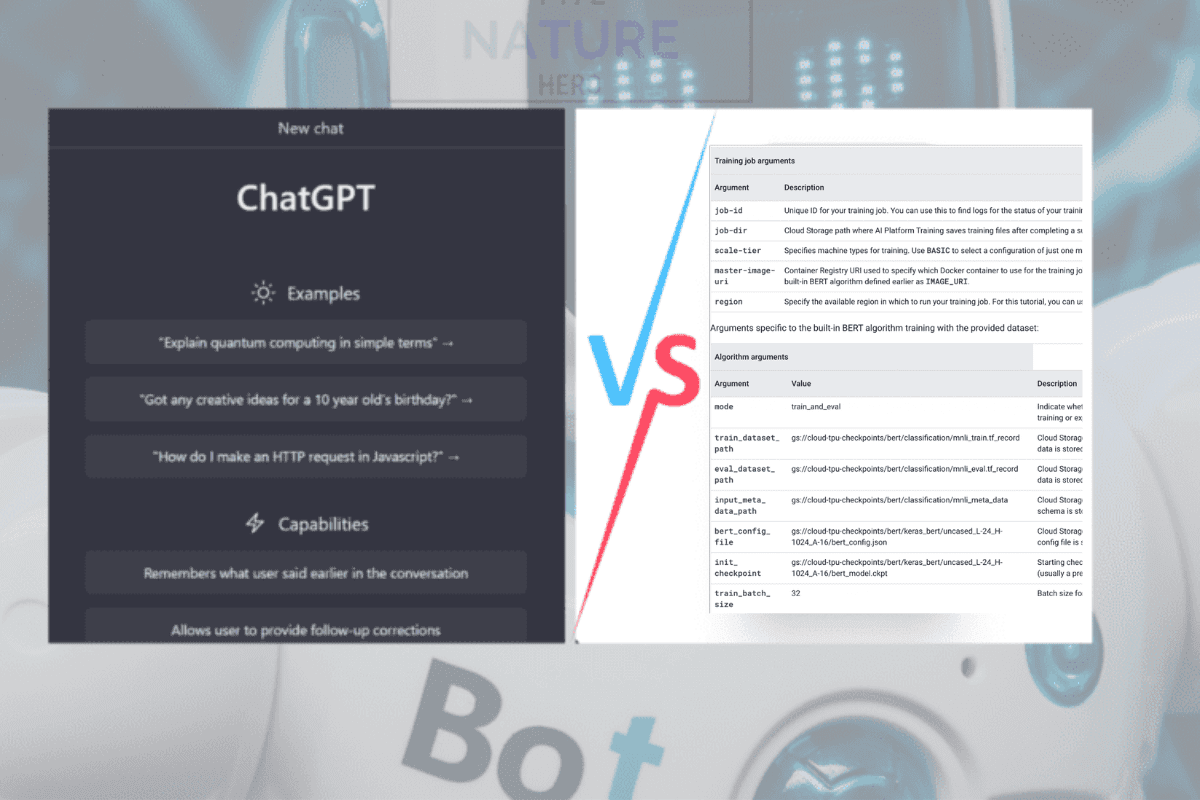
BERT and ChatGPT are different types of NLP. In addition to understanding and classifying text, BERT can perform Q&A and entity recognition.
Moreover, ChatGPT is based on the more advanced GPT-3, which can understand and generate text.
Here are some key differences between them.
| Parameters | ChatGPT | BERT |
|---|---|---|
| Company name | OpenAI | |
| Training Data | Trained on a massive amount of internet text | Trained on a diverse range of internet text |
| Nature | Autoregressive and Unidirectional | Bidirectional |
| Pre-training | Language modeling task | Masked language modeling and Next sentence prediction tasks |
| Model Size | 175 billion parameters | 340 million parameters |
| Purpose | Text generation,conversation summarization | Text classifier, NER(Named Entity Recognition) |
| Speed | Fast | Slow |
| Capabilities | Generating text, follow conversational technique | Understand context and word relationship |
| Context Length | 1025 tokens | 512 tokens |
| Architecture | Decoder-only transformer | Encoder-only transformer |
Although both are language models, they are different in their architecture, training data and other parameters.
We will analyze the differences between the two language models in detail.
1. Comparative Analysis of Speed
Google BERT mainly focuses on accuracy, producing responses slower than other models.
ChatGPT is faster in generating responses and enables users for various real-time applications.
2. Comparative Analysis of Size
Both models are trained on large text datasets, whereas ChatGPT is trained on 45 TB data, while BERT is trained on 3TB data.
ChatGPT is larger than BERT as it is trained on billions of parameters, i.e., 470 times bigger than the BERT model.
Hence, ChatGPT is more potent than BERT in data access.
3. Comparative Analysis of Capabilities
Google BERT is very effective in QnA tasks, sentiment analysis and entity recognition.
Meanwhile, ChatGPT is effective for text generation, such as language translation, text summarization and completion, question answering etc.
On the contrary, the response given by BERT is more accurate than the response given by ChatGPT.
4. Comparative Analysis of Model Architecture
ChatGPT is based on transformer architecture, which allows for the parallel processing of input sequences.
As BERT uses a transformer architecture with masked self-attention, it can recognize the relationship between words in a sentence.
Additionally, it allows BERT to comprehend sentence context.
5. Comparative Analysis of Training Data
ChatGPT is trained using Reinforcement Learning from Human Feedback(RLHF).
This tool was trained on an Azure AI supercomputing infrastructure.
The ChatGPT’s model is unidirectional as it only uses the left context of the word and predicts the next word.
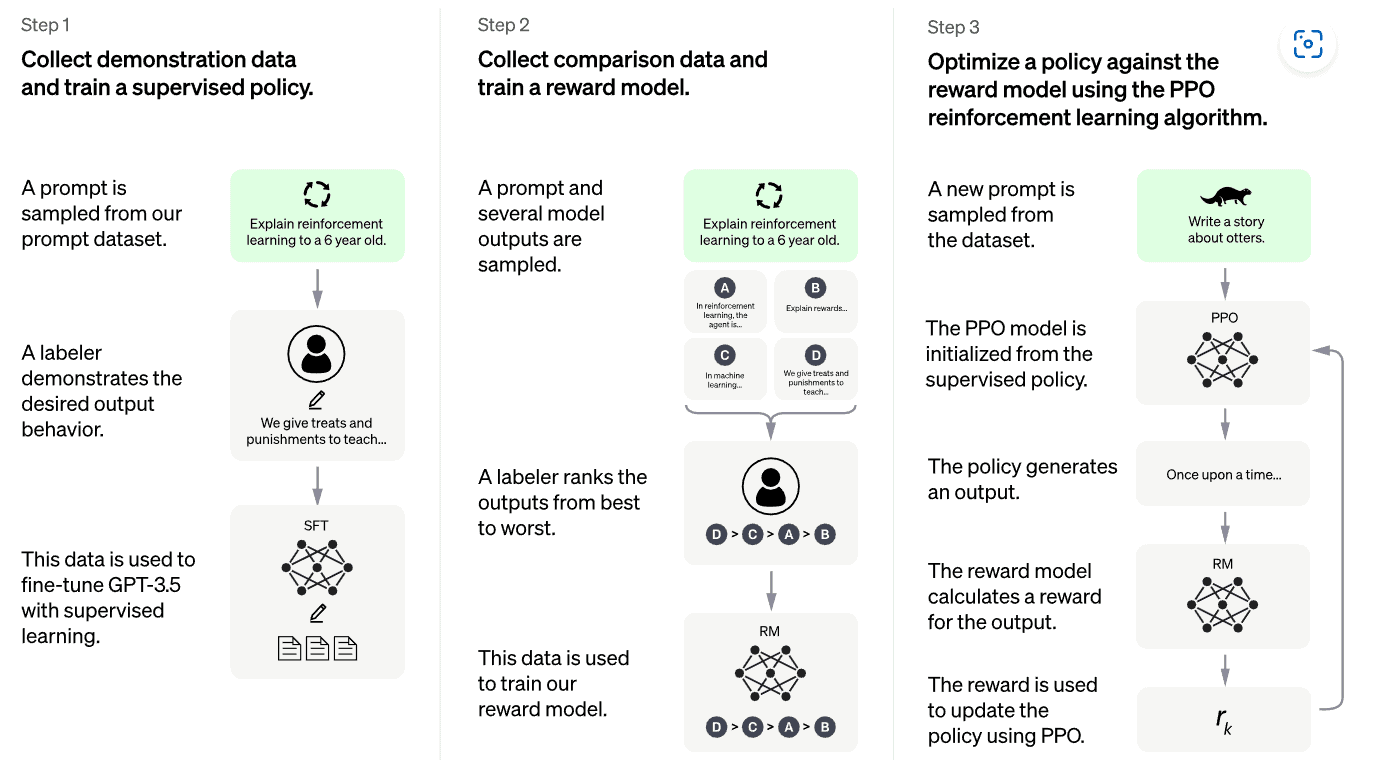
This approach leads to ethical issues and can have other legal implications. Moreover, it can produce inaccurate and nonsensical responses.
Therefore, ChatGPT has become controversial these days.
On the other hand, BERT uses two training strategies, pre-training and fine-tuning.
The model is trained on unlabeled data during pre-training and labeled data during fine-tuning.
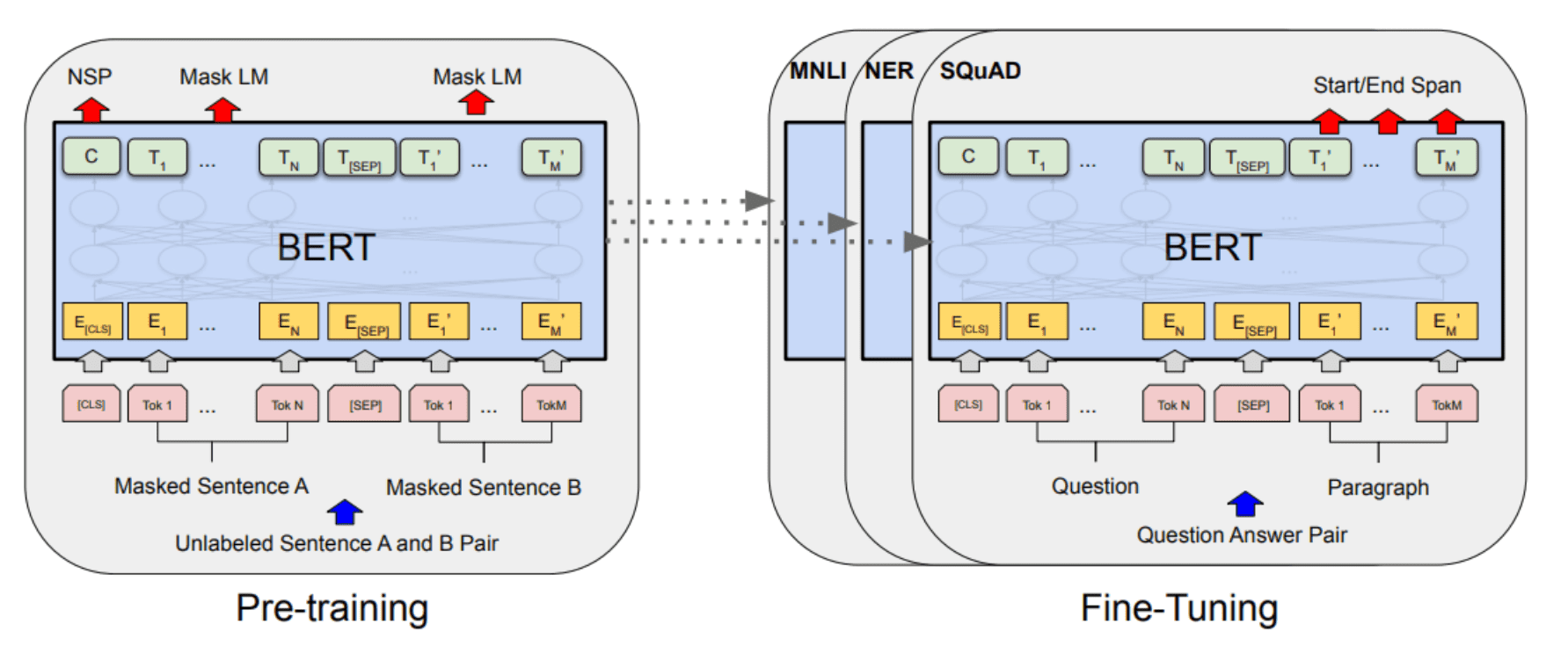
Additionally, BERT uses a bi-directional model to process text in both directions, from left to right and right to left, making it more powerful than ChatGPT.
6. Comparative Analysis of Availability
Google BERT is an open-source tool easily accessible via various platforms like TensorFlow, PyTorch etc.
Installing the libraries and dependencies lets you easily download and use BERT in your project.
You can even fine-tune some pre-trained models of BERT on your dataset.
On the other hand, some services or applications may require a subscription or payment to access additional features in ChatGPT.
However, the basic functionality of engaging in conversations is available to everyone without charge.
The Bottom Line
There is no doubt that the ChatGPT and Google BERT language models are powerful NLP models that perform well on different NLP tasks.
However, each has its strengths and weaknesses depending on the task.
You may choose one over the other based on the task at hand and the available computing resources.
Boost your productivity with the power of AI!
Frequently Asked Questions
Is Google Bert Free To Use?
Google BERT is open-source and publicly available. This means anyone can download and use it for their own NLP without paying any cost.
Is Google BERT Deep Learning?
Google BERT is a deep learning model. It is a neural network architecture that uses transformers to process natural language text.
How To Use Google BERT AI?
You can use BERT as a built-in algorithm on the Google Cloud Platform or fine-tune it on your own data with TensorFlow or PyTorch.
First, install Python, TensorFlow, PyTorch and BERT library on your device.
Then, load a pre-trained BERT model, or you can train your own BERT model.
Similarly, you can fine-tune the BERT model on a smaller dataset to process natural language text for your task.
Can I Use Google BERT On Google Docs?
You can use BERT in Google Docs using a third-party add-on or extension.
Several add-ons on the Google Workspace Marketplace allow you to use BERT-based natural language processing (NLP) features directly within Google Docs.
E.g.: BERTify add-ons use BERT to highlight and suggest possible improvements to your writing, such as grammatical errors, awkward phrasing, and repetitive or redundant words.


